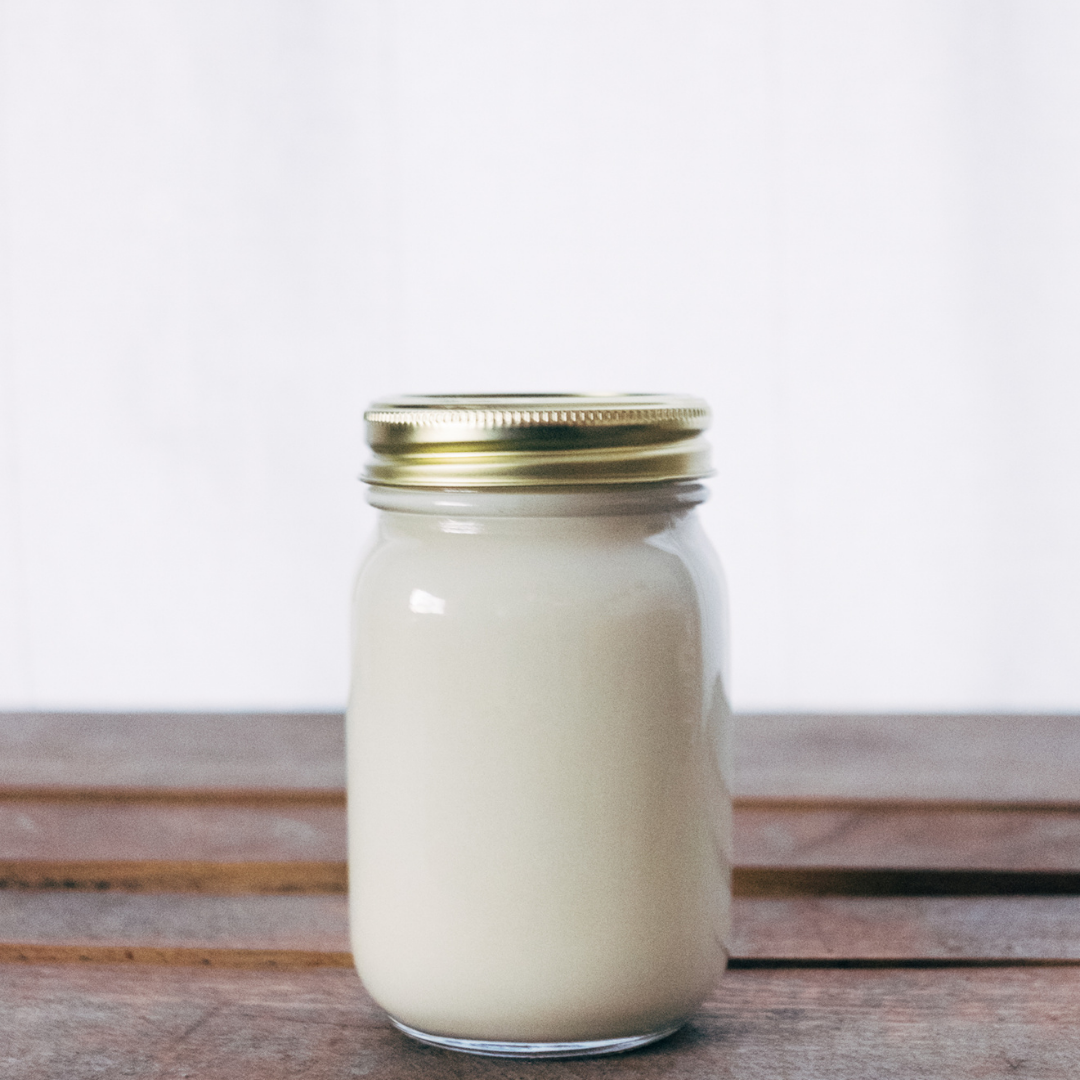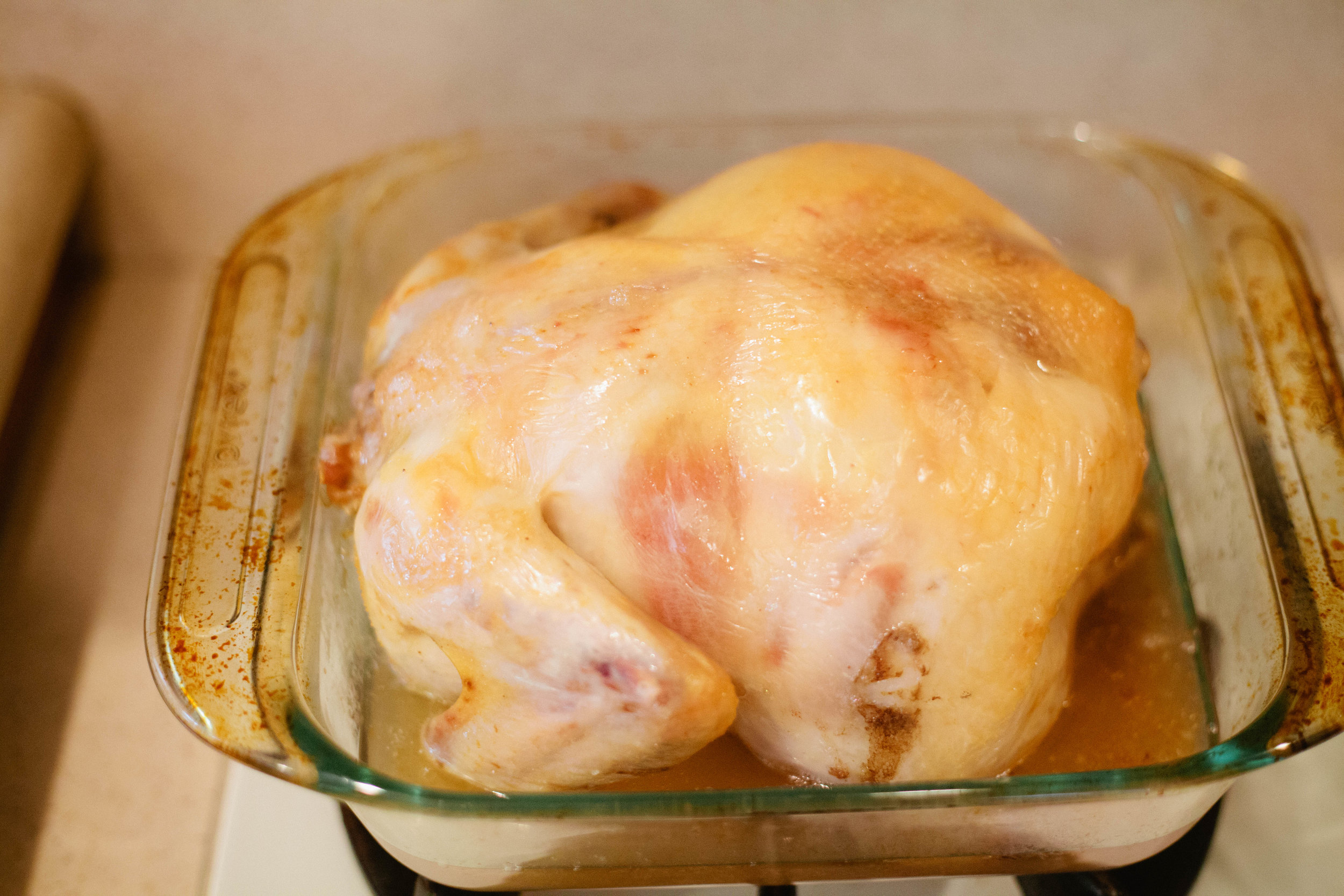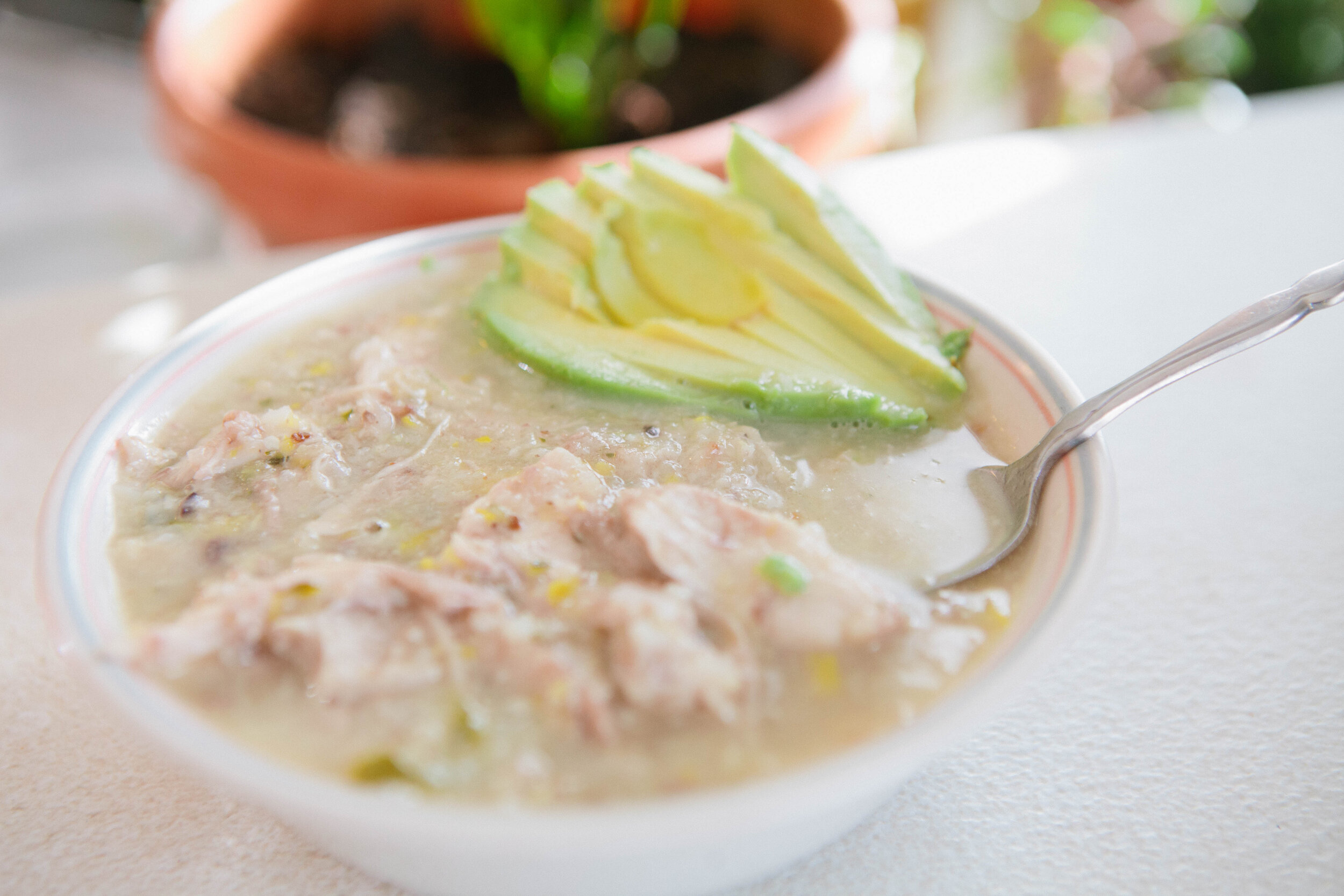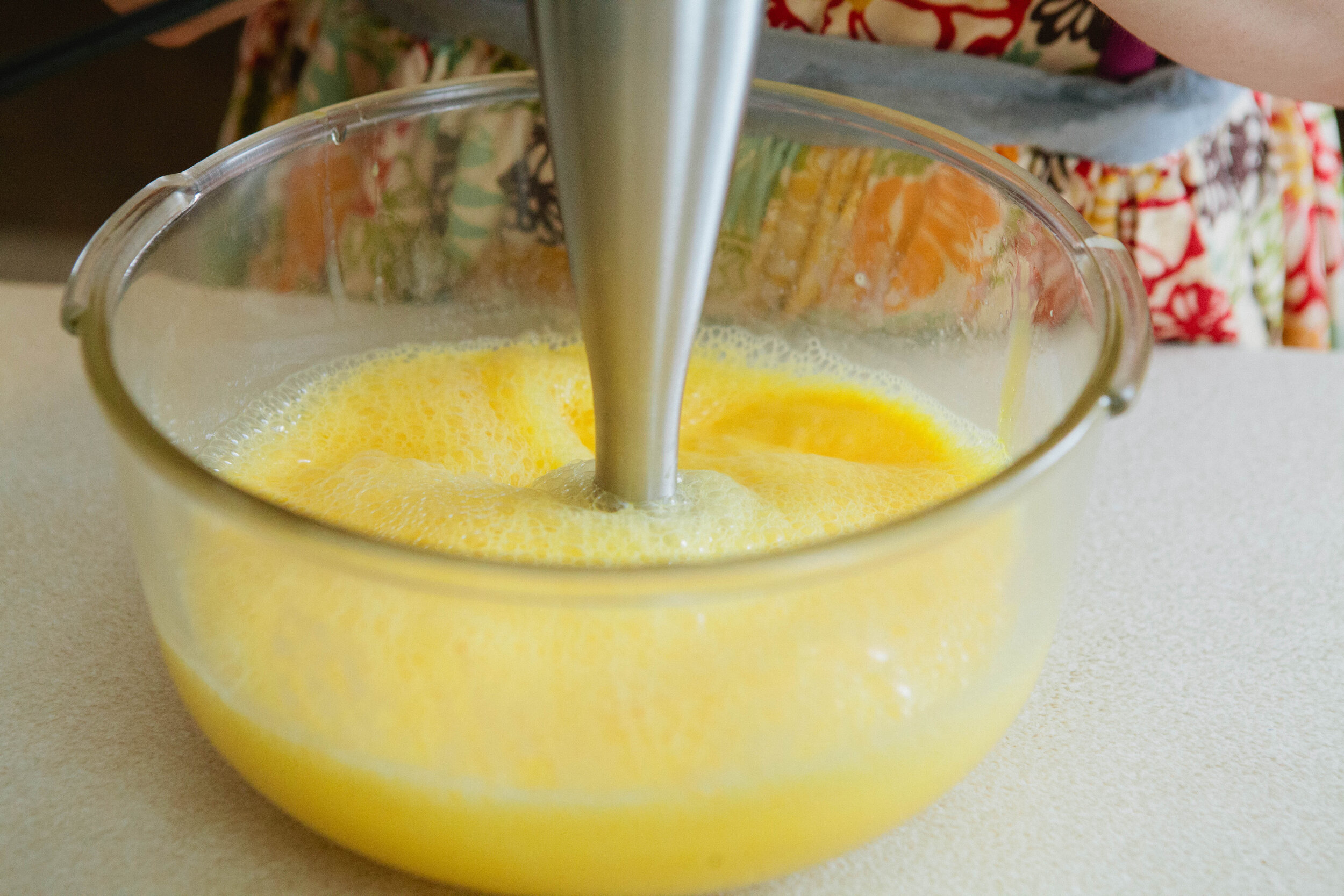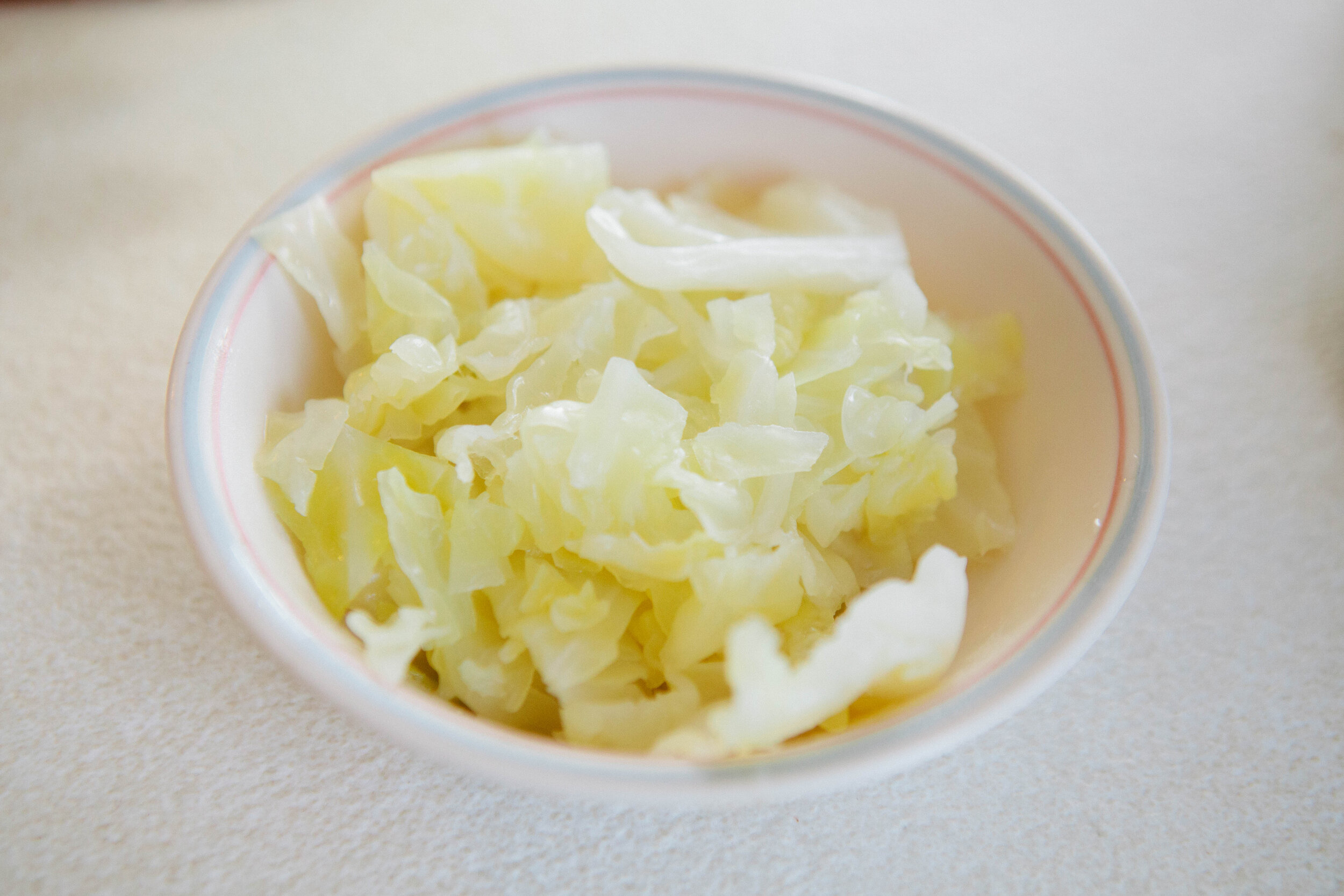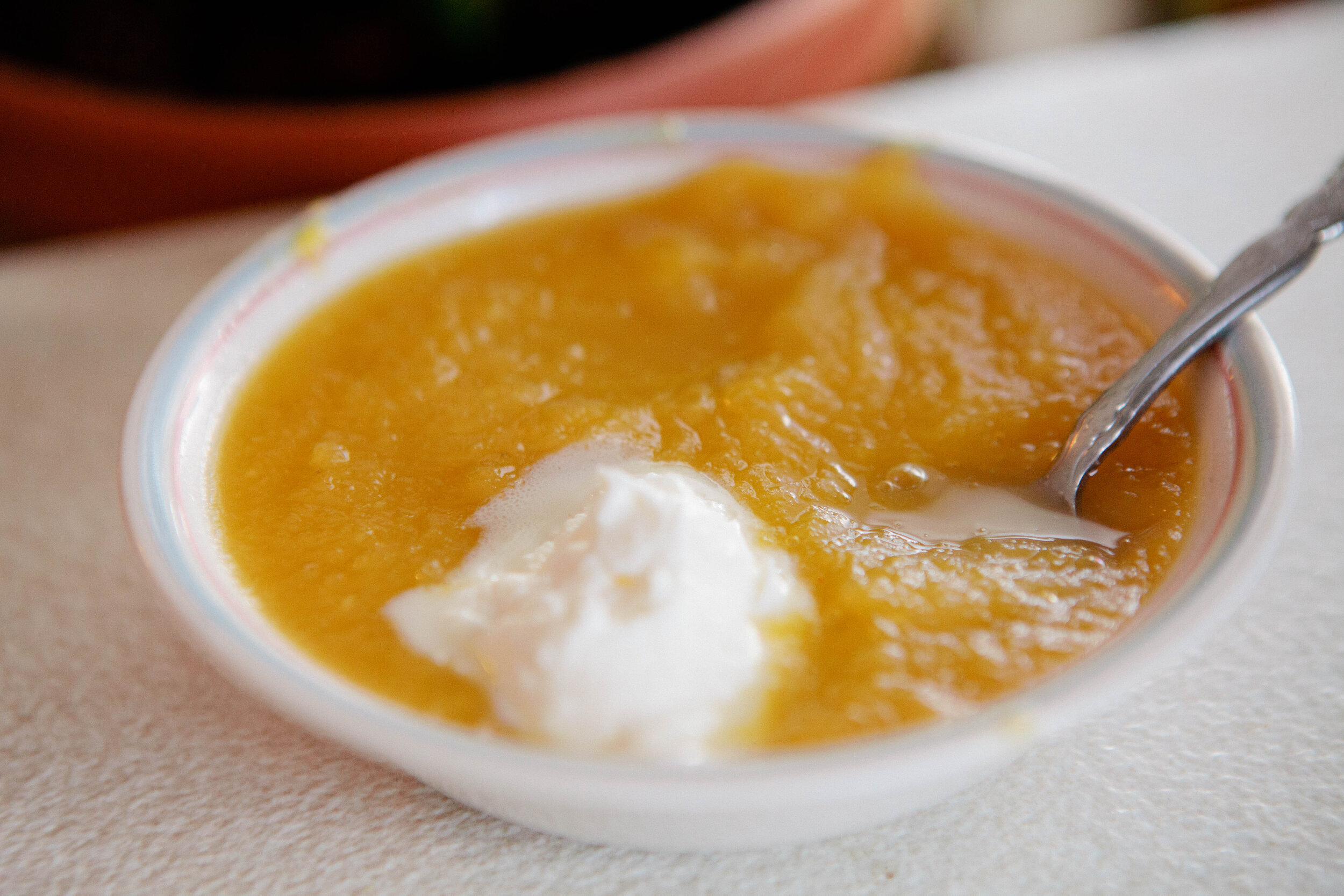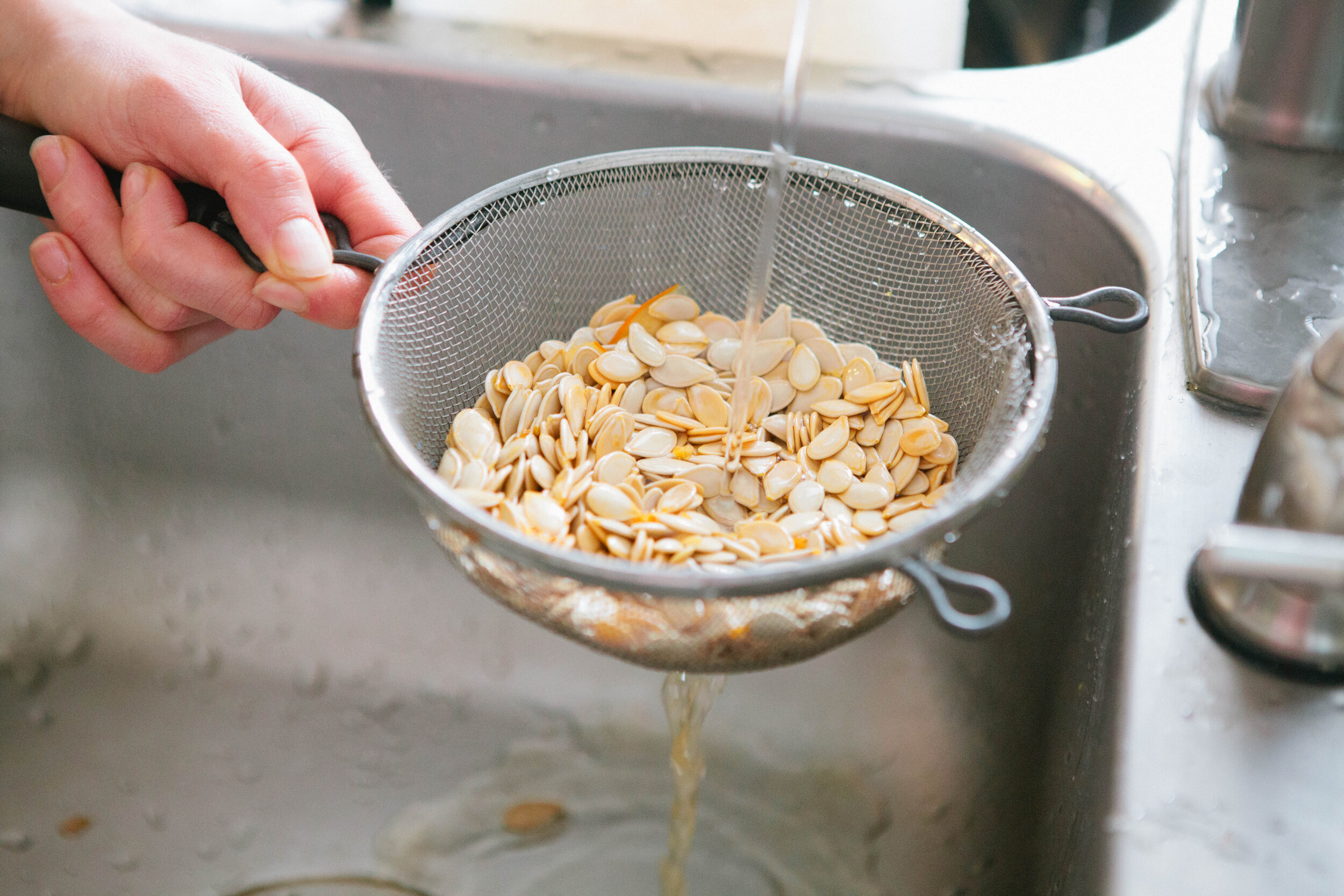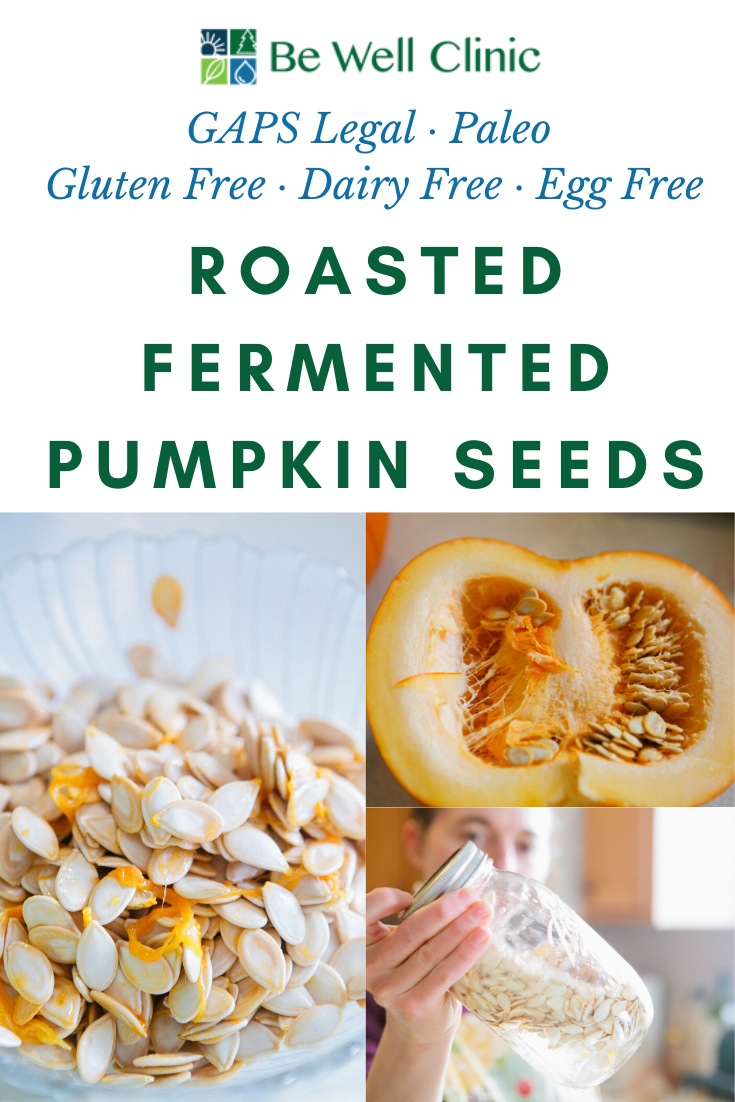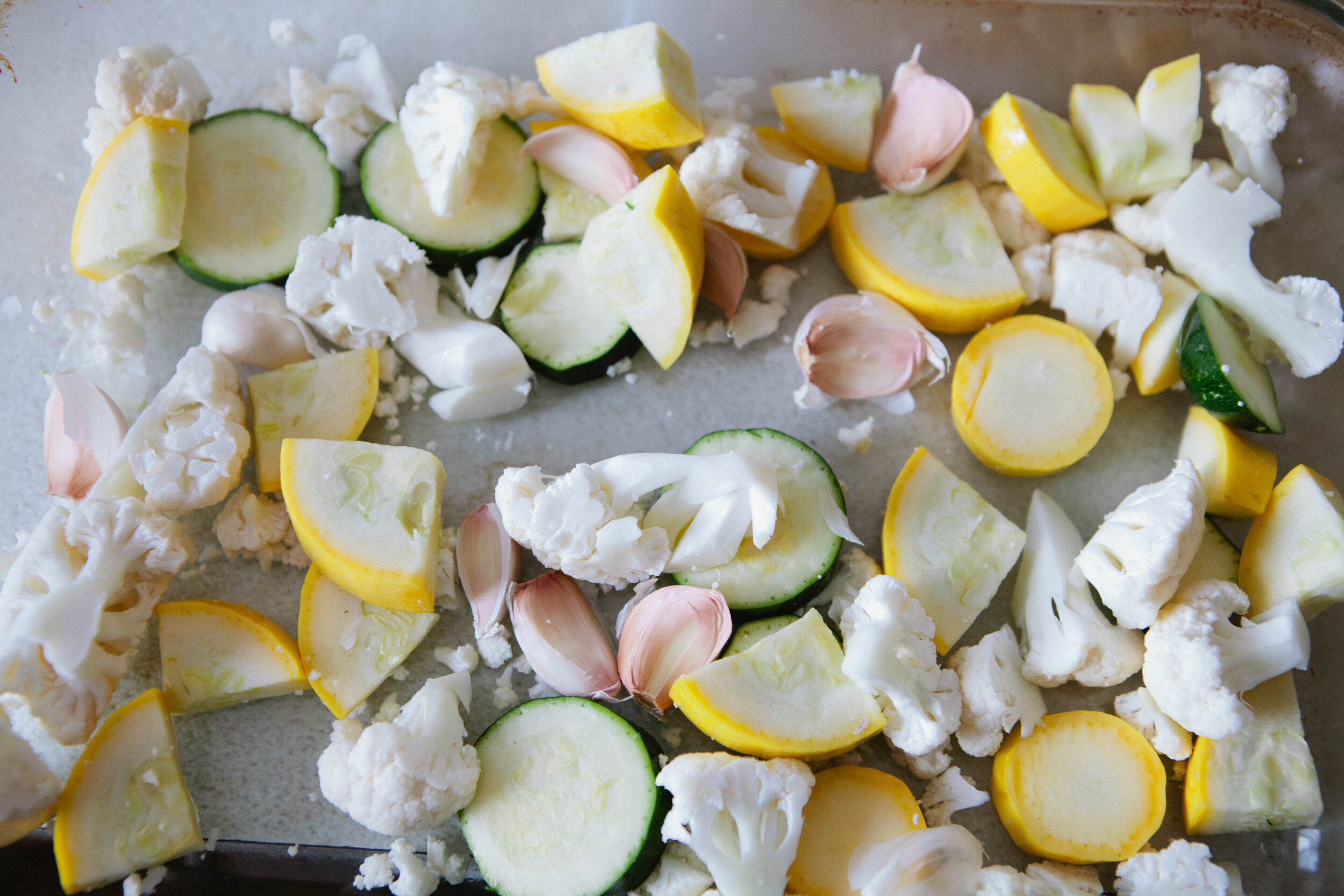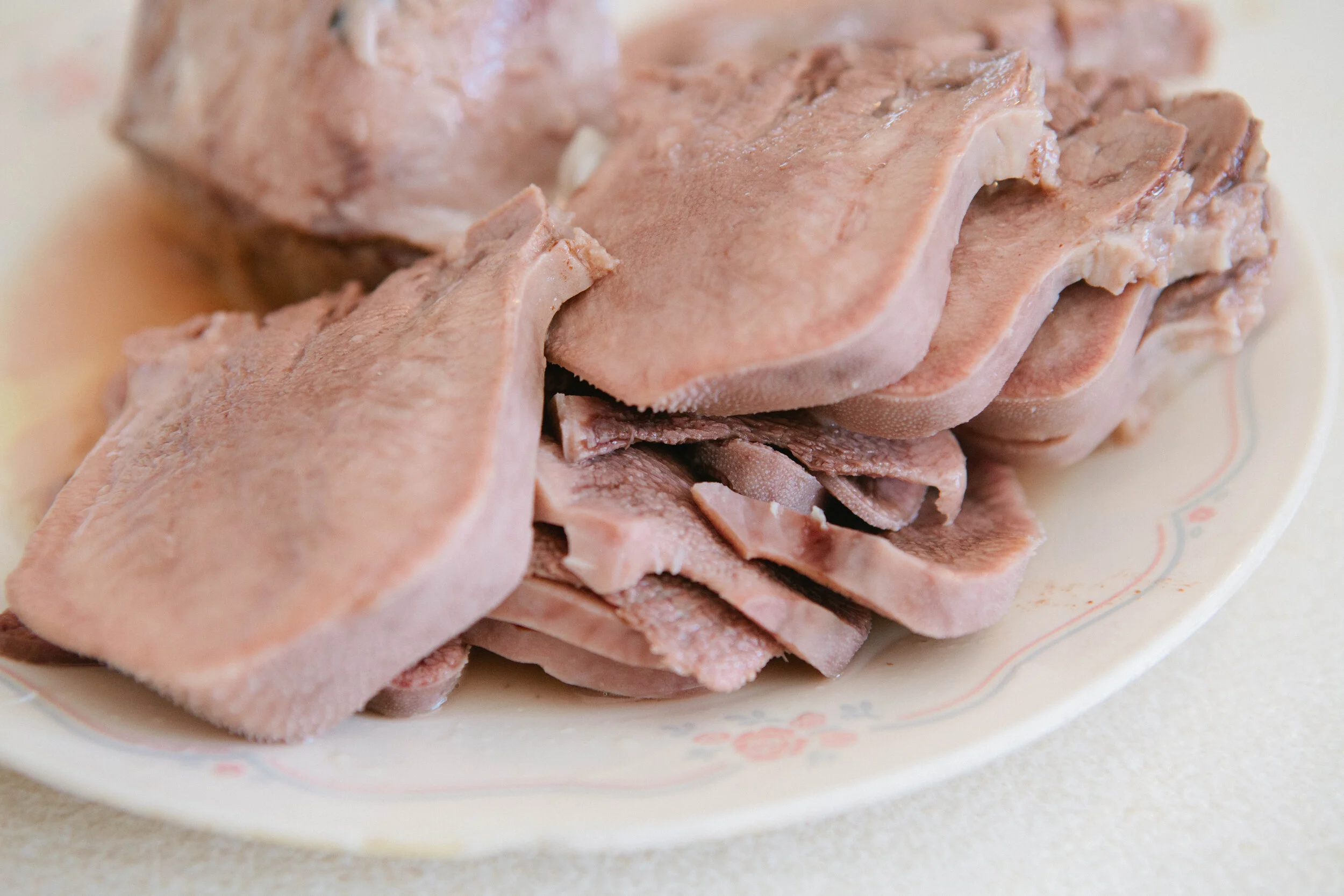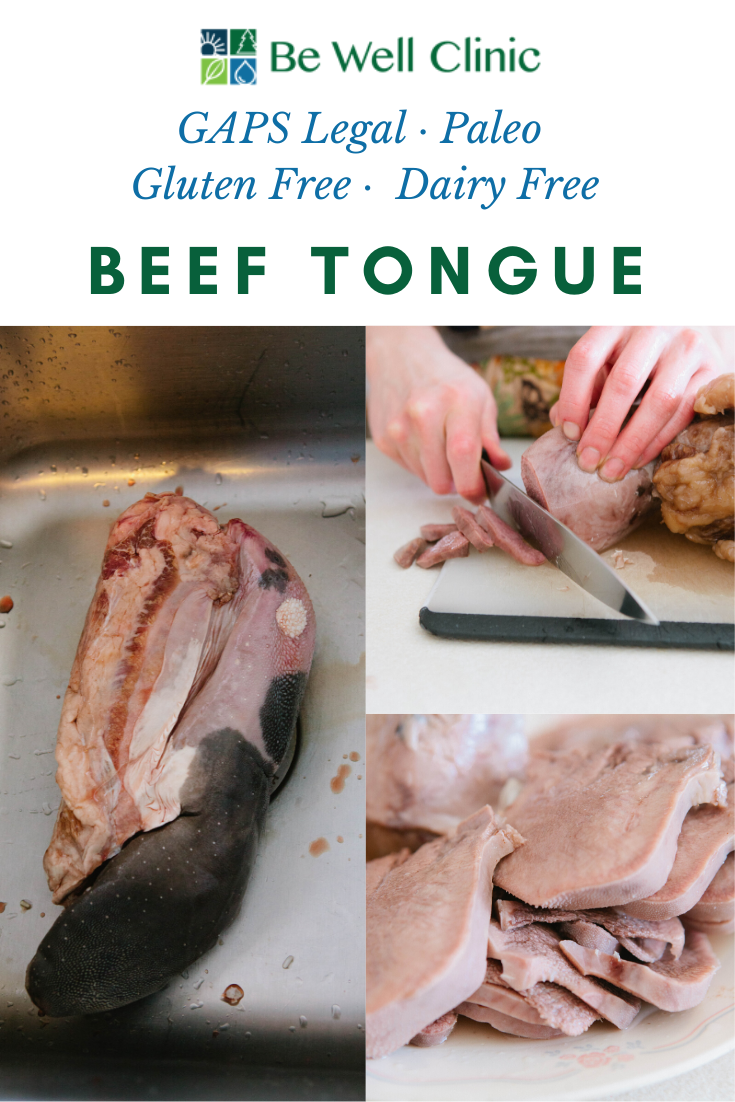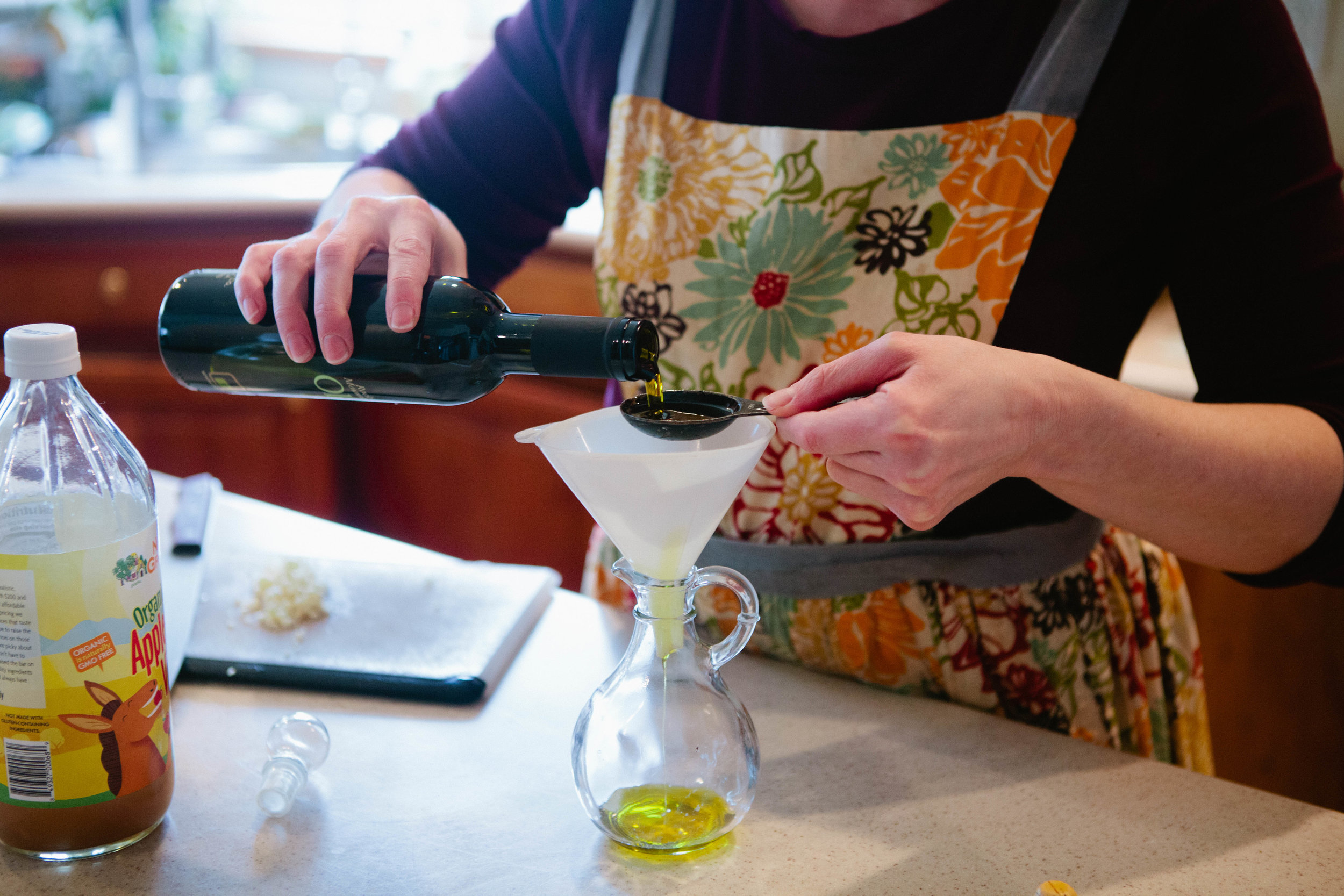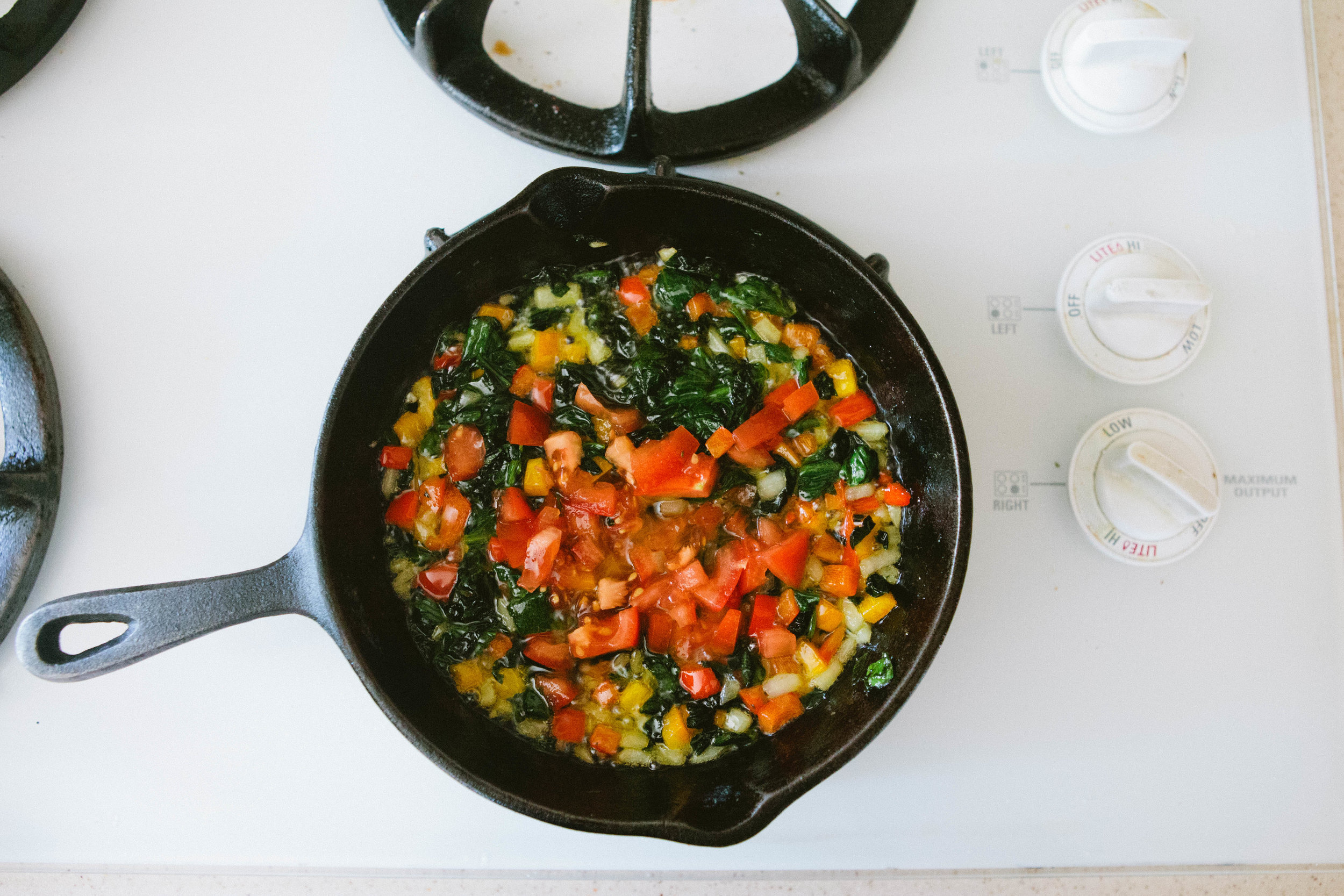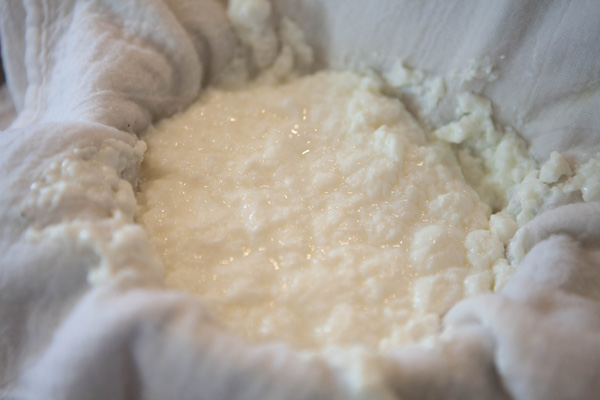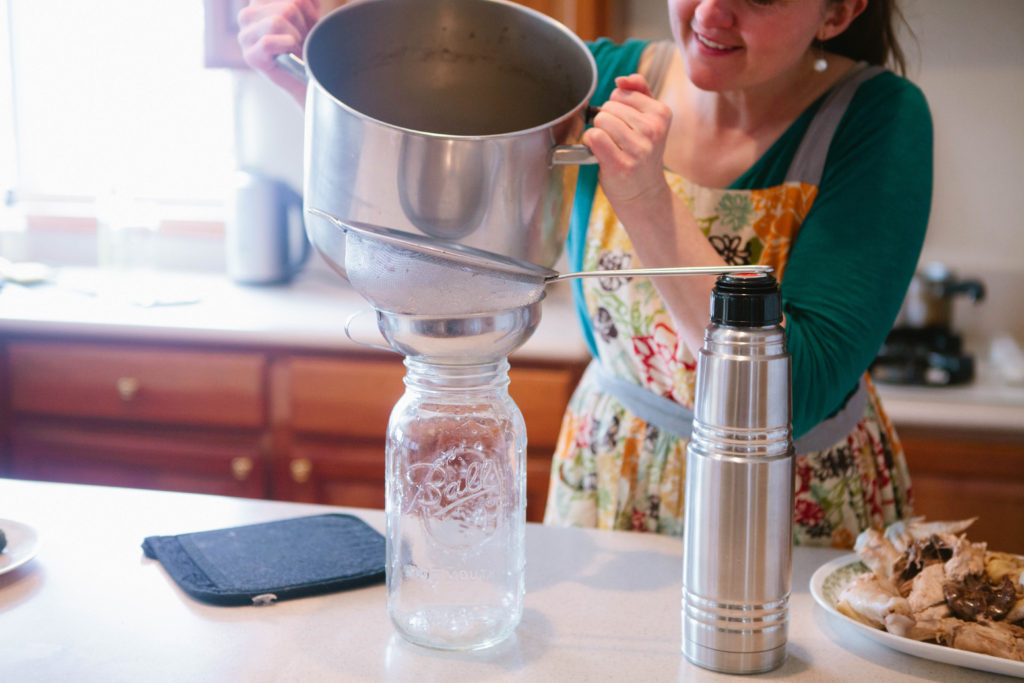Years ago, it was quite unheard of to have a noodle alternative. But recently, allergies to gluten have allowed many traditional flour noodle alternatives to appear.
Large flat noodles can be replaced by cabbage, zucchini or yellow squash slices, or eggplant. Rice can be replaced by cauliflower. Long, skinny noodles can be replaced by zucchini or yellow squash zoodles or spaghetti squash.
Below you’ll find recipes to make two of my go-to noodle alternatives. If I want the convenience of something out of a box or a more traditional noodle for things like pasta salad, then I look for a minimally processed, minimal ingredient alternative noodle such as lentils, rice flour, seaweed, etc.
How to Make Zucchini Noodles
You can use a zoodler to make noodles out of your zucchini. I use a simple vegetable peeler! You will need one small zucchini per adult.
Wash your zucchini. Cut the ends off the zucchini.
Using a vegetable peeler, peel the zucchini down to the seeds, turning as you go. Depending on the angle you hold the vegetable peeler, you’ll get different size noodles. Do not peel the middle core with seeds. You can chop the core later or compost it. If you are the beginning stages of GAPS and sensitive to having a lot of seeds, you should dispose of the core piece.
To a cast iron pan, add 2 tbsp of butter and 1 tbsp of avocado oil. Add the zucchini noodles and use your hands to quickly toss them in the butter and oil before they get too hot.
Sautee the zoodles. This means stir them and then let them sit - don’t continually stir!
After the noodles have cooked for 2-3 minutes, add a few pinches of salt. Adding the salt too early will cause the zucchini to sweat too much and get too wet. As it cooks, add more salt to taste.
After a few more minutes, add your herbs and spices. On early stages of GAPS, you would do fresh herbs. Later stages, you can use dried herbs. I usually do oregano, thyme, sage, garlic, and onion.
Then - enjoy!
How to Make Spaghetti Squash
Preheat oven to 400.
Slice spaghetti squash in half lengthwise.
Remove seeds and strings in center. You can compost the seeds but you might get lots of volunteer spaghetti squash seedlings. (Which is not necessarily a bad thing.)
Roast in the oven for 35 minutes to an hour. It depends on the size of your squash. I like my squash to be very soft and well cooked. This is also important for the GAPS Diet to have well cooked vegetables.
Check your squash after 35 minutes to see if they are softened and squishy. They should not be mush, but should feel much softer.
When they are soft, remove them from the oven. If you need your squash to cool faster, you can flip them over. I prefer to keep them with the middle side down so they continue while they cool.
Check your spaghetti squash with a fork to see if it is done. If not, cook for a while longer.
Once the spaghetti squash is cooked, remove the insides of the squash by scraping a fork along the insides.

